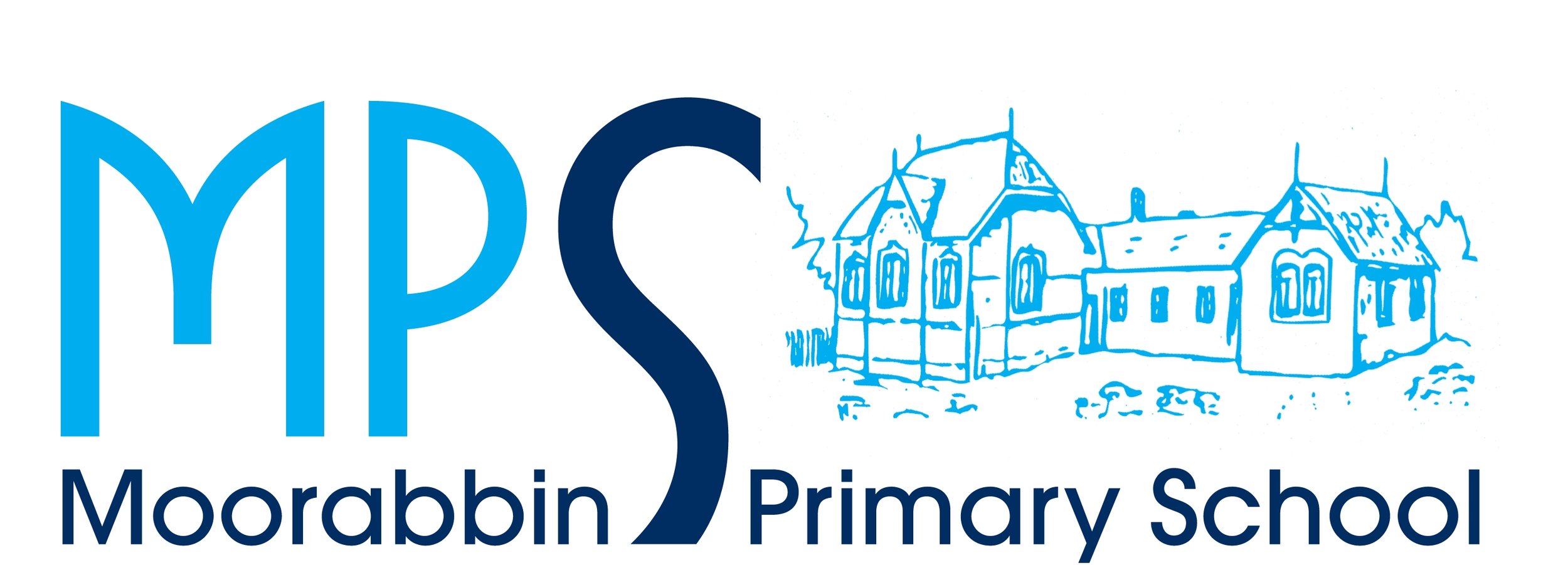Victorian Curriculum
Our Curriculum is based on the Victorian Curriculum Foundation to Year 10 curriculum that provides a comprehensive set of prescribed content and common achievement standards, which schools use to plan student learning programs, assess student progress and report to parents.
The MPS curriculum is structured so that English and Mathematics receive the greatest time allocation within the school week. The school has developed a “workshop” approach to Reading, Writing and Mathematics. The programs in the key learning areas reflect DET Guidelines, Victorian Curriculum and support materials.
All classes are organised into collaborative planning teams at each year level and this provides our teachers to focus and enhance student wellbeing, curriculum delivery and the daily organisation that is required to run our programs. .
The school and classroom culture is based on the core philosophy and understandings of the TERRIFIC values and promotes thinking as expressed in the schools authentic Inquiry model and the Victorian Curriculum.
Students are provided with intervention through our MSL approach, are challenged to be extended across the year through differentiation of the Curriculum and through the literacy and numeracy activities which are planned at each year level. This occurs by involving our students with a variety of flexible groupings, with inbuilt opportunities for enrichment for every child and continuous and fluid planning by our teachers. Each area of the school has extra staff to assist with and participate in the various groupings to reduce class sizes and teach to a child’s point of need.
Opportunities are provided to our students which are designed to support and enhance the schools Authentic Units of Inquiry. Students are engaged in tasks which stimulate, encourage and support critical thinking at all levels.
A significant feature of the Curriculum are our Specialist Programs which operate for all classes on a weekly basis; Science, Physical Education, The Arts - Music, The Arts - Visual Arts, Mandarin (LOTE) through Immersion of the Arts .
Students from Foundation – Year 6 have a weekly session in our Library with their classroom teacher who supports them with borrowing, returning and specialised focused reading sessions per week. The school also participates in Bi-term Scholastic Book Club as well as participating in the Readers Premiers Challenge.
In addition to these specialists curriculum areas, the school also offers: Intensive Swimming Program (Foundation - Year 4), Intensive Beach Program (Year 5 & 6), Camping Program (Years 3 - 6), Incursion and Excursion Program, Yoga and Dance (Foundation-Year 6) are alternated biannually, Restorative Practice.
A whole School Musical in Term 3 Choir (Years 3 - 6), Wellbeing Programs and an Instrumental Music Program.
Victorian Curriculum (Vic Curric)
Moorabbin Primary School provides a comprehensive curriculum based on the Victorian Curriculum and its Authentic Sustainability Inquiry Based Units. This approach at Moorabbin provides a framework that supports students to become active inquirers and lifelong learners. Victorian Curriculum is the Foundation to Year 10 curriculum that provides a comprehensive set of prescribed content and common achievement standards, which schools use to plan student learning programs, assess student progress and report to parents.
The Victorian Curriculum F–10 sets out what every student should learn during their first eleven years of schooling. The curriculum is the common set of knowledge and skills required by students for life-long learning, social development and active and informed citizenship.
The Victorian Curriculum F–10 incorporates the Australian Curriculum and reflects Victorian priorities and standards.
Resources and supporting information.
Resources have been developed to support the implementation of the Victorian Curriculum F-10, including guidelines for Victorian schools developing whole-school teaching and learning plans and reporting student learning achievement, information on curriculum planning and assessment, curriculum area-specific advice, and professional learning opportunities. These resources are found on the ‘Foundation–10 Curriculum’ section on the VCAA website.
In addition, the VCAA also provides the Curriculum Planning Resource portal, designed to support school leaders to plan and document a comprehensive whole-school curriculum.
For a visual guide to assist locating key information and resources related to the Victorian Curriculum F–10, please see the Quick Guide (pdf - 564kb).
Learning areas and Capabilities
The Victorian Curriculum F–10 includes both knowledge and skills. These are defined by learning areas and capabilities. This curriculum design assumes that knowledge and skills are transferrable across the curriculum and therefore are not duplicated. For example, where skills and knowledge such as asking questions, evaluating evidence and drawing conclusions are defined in Critical and Creative Thinking, these are not duplicated in other learning areas such as History or Health and Physical Education. It is expected that the skills and knowledge defined in the capabilities will be developed, practised, deployed and demonstrated by students in and through their learning across the curriculum.
The design of the Victorian Curriculum F–10 is set out below:
Learning Areas
The Arts
Dance
Drama
Media Arts
Music
Visual Arts
Visual Communication Design
English
Health and Physical Education
The Humanities
Civics and Citizenship
Economics and Business
Geography
History
Languages
Mathematics
Science
Technologies
Design and Technologies
Digital Technologies
Capabilities
Critical and Creative Thinking
Ethical
Intercultural
Personal and Social

